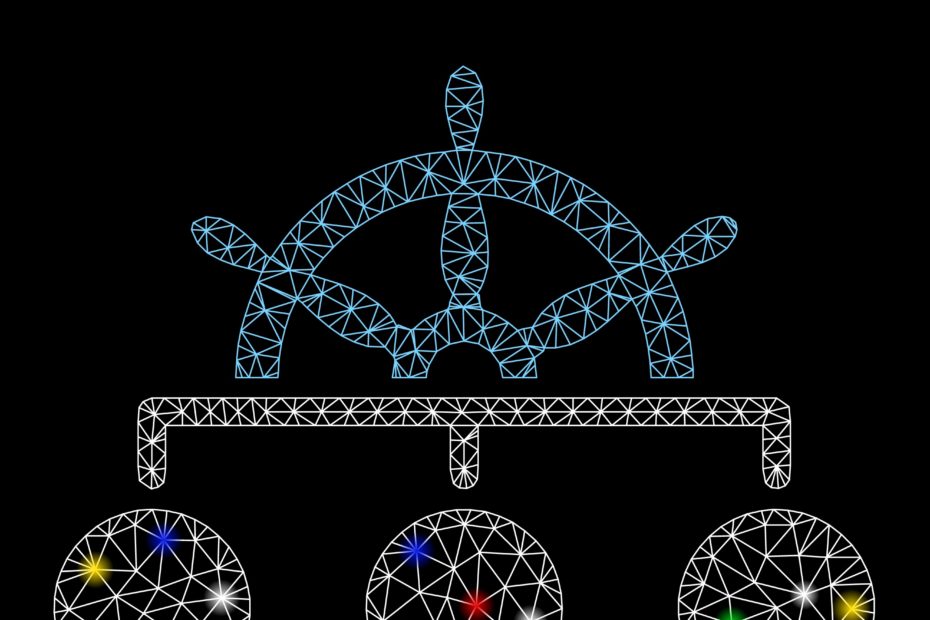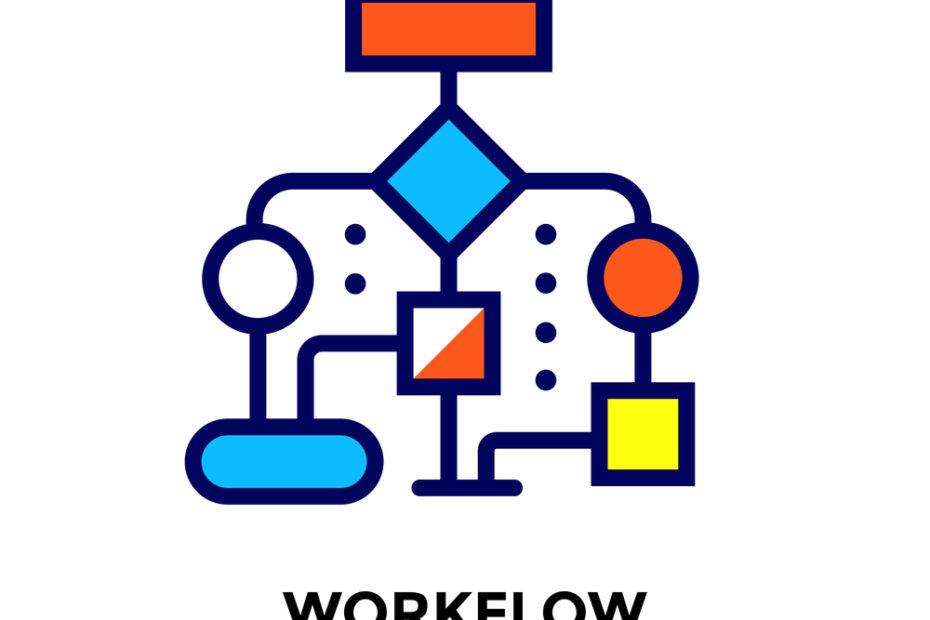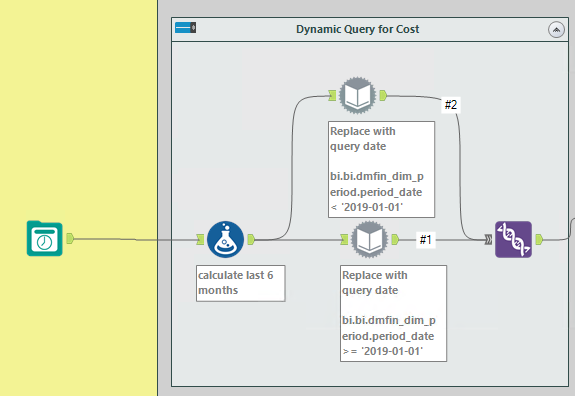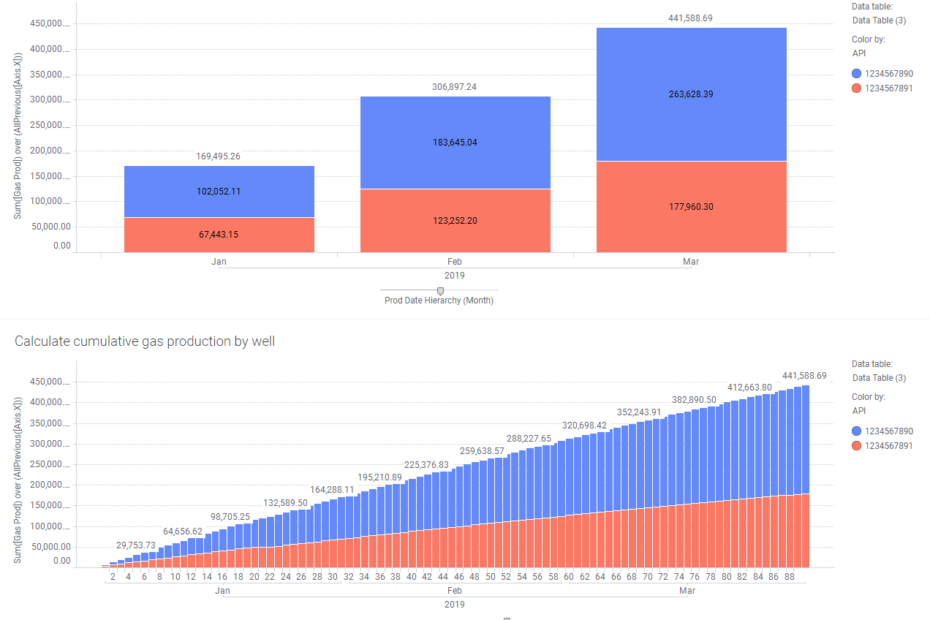Using the ‘In’ Operator in Alteryx Filter Tools
I promise to resume my Spotfire expression series, but… This week, I will showcase 2 Alteryx tips and tricks I learned from coworkers last week. The first will be a salute and fond farewell to my teammate Alice Yu who is leaving the company. I am very sad to see Alice depart, as she is the light of our team and an all-around good and fun human. The second will be a warm welcome to Jack Stewart who is moving from our Geo team to the Analytics team. I can already tell that Jack approaches problems very differently from me, so I expect to learn a lot from him. So, with that said, here is what I learned from Alice….
Read More »Using the ‘In’ Operator in Alteryx Filter Tools







